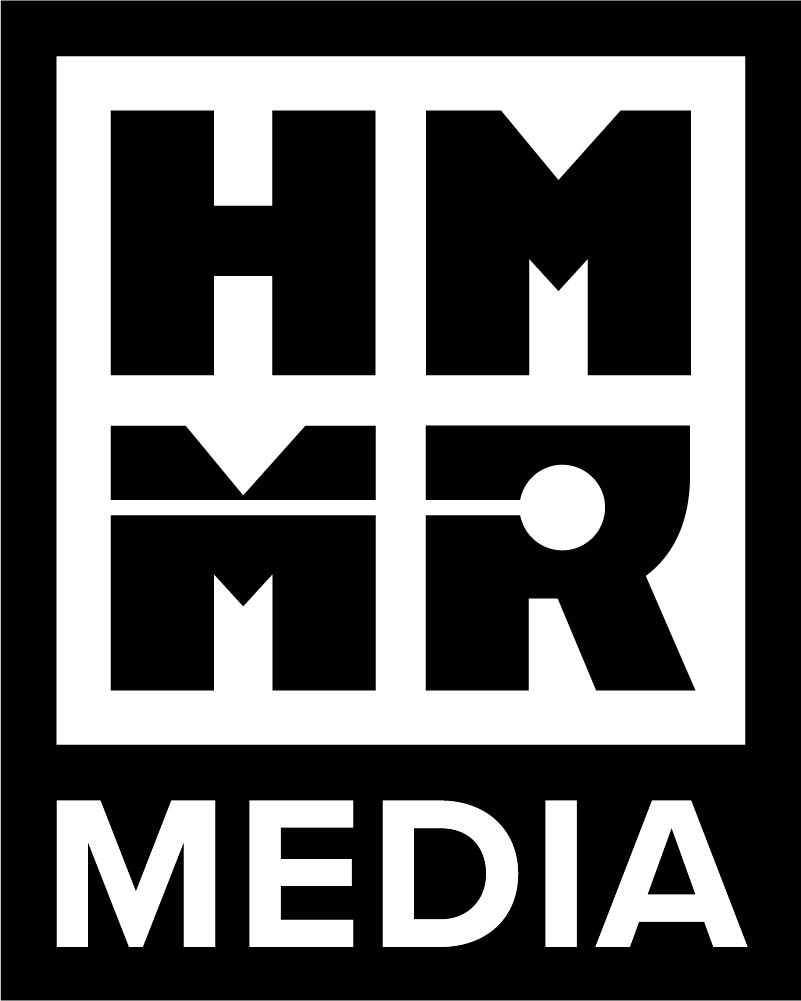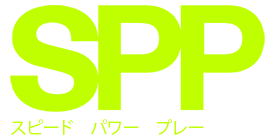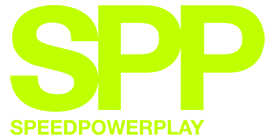Frans Bosch Seminars: USA - December 2018
Topic 1: Injury prevention & rehabilitation
Learn MoreTopic 2: Anatomy of agility
Learn MoreInjury prevention and rehab
6 – 7 December
9am – 5pm (lunch included)
Velocity Sports Performance
11611 San Vicente Boulevard
Los Angeles CA 90049
–SOLD OUT–
Anatomy of agility
8 – 9 December
9am – 5pm (lunch included)
Notre Dame High School
13645 Riverside Drive
Los Angeles CA 91423
Injury prevention and rehab
12-13 December
9am – 5pm (lunch included)
University of North Carolina
344 Ridge Road
Chapel Hill NC 2715
Anatomy of agility
14-15 December
9am – 5pm (lunch included)
University of North Carolina
344 Ridge Road
Chapel Hill NC 2715
$1000 (USD) for each 2 day course including lunch.
Earlybird discount – use the coupon code earlybird on checkout for a $250 discount on each seminar
(Until October 7, 2018)
GAIN has negotiated a special deal for its members, valid until October 31.
Please use the contact form at the bottom of this page, giving your name and year of attendance at GAIN. You will recieve your coupon code.
The Frans Bosch approach – how it is different !
The key problem in both training and sport rehabilitation is to identify the specificity of exercises and so to determine how the training stimulus transfers to positive adaptation. This problem is nowhere bigger than in open skills.
The most promising approach to solve the problem comes from dynamic system theory focusing on stability in movement. Understanding anatomy within this theory leads to a building block approach for even the seemingly most chaotic movement patterns.
Anatomy can teach us how to not just move efficiently, but also how to self-protect against injury. From understanding self-organization in anatomy, one can plot out how movement should be assembled from combining small and stable units of anatomy into bigger units and into stable total patterns.
That way, what we do in the gym, can contribute to quality movement in sport. Frans Bosch’s most well-known quote ‘strength training is coordination training against resistance’ reflects this building block approach.
Learn exercise prescription - using a motor learning approach.
Learn to analyse transfer mechanisms.
20-50 people maximum (venue dependent) - to ensure quality learning and interaction with staff.
NSCA CEU points approved. (1.6 for CSCS, CSPS, NSCA-CPT, or TSAC-F)
Injury prevention & rehab seminar
(Content Sample)
Learning outcomes
- Being able to integrate motor control, motor learning and contextual movement in earlier stages of rehab
- Being able to design injury prevention protocols based in self-organization of anatomy, specific for the athletes one works with
- Having a framework to navigating through motor control and motor learning literature
Knowledge
- Integrating aspects of anatomy (self-stabilization of structures, force distribution though passive tissue) with functional and contextual movement patterns.
- Integrating dynamic systems with result orientated control and computation theories
- Analysis of motor control aspects of injury
- Single stressor rehab protocols for hamstrings, knee, and calf injuries
Competences
- Being able to connect movement patterns to stresses in the body and self-protection mechanisms
- The ability to use acquired theoretical knowledge to design rehab and prehab protocols
- The ability to observe and correct movement patterns online through intrinsic learning
- Capable of critically evaluating scientific claims on transference of adaptations across movement patterns and so evaluating far transfer effects of interventions
Ongoing self development
- The course is information rich and the content is presented in such a way that participants after the course will be able to independently develop ideas and concepts relevant to their field of work.
Day 1
Day 2
Anatomy of agility seminar
(Content Sample)
Learning outcomes
- Being able to analyse agility patterns, distinguish between stable attractor based and transferable components and on-off and irrelevant components of running
- Being able to analyse the specificity of exercises for learning/improving agility
- Planning learning progress for agility patterns
Knowledge
- Overview of anatomy and its function in high intensity movement
- Understanding the relevant principles of dynamic systems and its translation to high intensity movement
- Building blocks of agility and navigation though self-assembly principles of relevant movement patterns
Competences
- Become capable of viewing agility from multiple viewpoints (motor control, biomechanics, anatomy). This entails lateral thinking to solve movement problems that cannot be solved from a single viewpoint approach.
- The ability to use acquired theoretical knowledge to design practical training method
- The ability to observe and correct movement patterns online through intrinsic learning
Ongoing self development
- The course is information rich and the content is presented in such a way that participants after the course will be able to independently develop ideas and concepts relevant to their field of work, e.g. to design a curriculum for the environment they work in.
Day 1
Day 2
Injury prevention and rehab
6 – 7 December
9am – 5pm (lunch included)
Velocity Sports Performance
11611 San Vicente Boulevard
Los Angeles CA 90049
–SOLD OUT–
Anatomy of agility
8 – 9 December
9am – 5pm (lunch included)
Notre Dame High School
13645 Riverside Drive
Los Angeles CA 91423
Injury prevention and rehab
12-13 December
9am – 5pm (lunch included)
University of North Carolina
344 Ridge Road
Chapel Hill NC 2715
Anatomy of agility
14-15 December
9am – 5pm (lunch included)
University of North Carolina
344 Ridge Road
Chapel Hill NC 2715



Frans Bosch
(Course Lecturer/Presenter)
Since 1980 Bosch worked in athletics, coaching elite sprinters and Olympic high jumpers and for some years as the national coach for jumping events. Since 2005 Bosch is lecturer at the Fontys University for applied sciences in sports, mainly in the field of anatomy, biomechanics, strength training and motor learning.
Bosch has given numerous presentations all over the world on training related topics. Presentations address the complexity of the training process and the need to integrate new fields of science like dynamic systems and new ideas on motor control in existing training theory.
Bosch frequently works internationally as a consultant in sport. Clients in recent years are the English Institute of Sports, Wales National Team Rugby, the British & Irish Lions, Japan National Team Rugby, England cricket, West ham United football, Cleveland Brown American Football and others. Together with Ronald Klomp he wrote ‘Running, biomechanics and exercise physiology applied in practice”, published in the Netherlands in 2001 and translated in English in 2005.
‘Strength training and coordination, an integrated approach’ was published in the Netherlands in 2012 and in English in 2016.
John Pryor
(Practical Session Leader)
John has operated at the international level in sport for 20 years. Previously the strength and conditioning coordinator for the Japan Rugby Union (2012-2015), John Pryor has earned international acclaim through the use of innovative training methodologies derived from a deep devotion to biomechanical, physiological and motor learning research.
Not one to rest on research alone, John has always tried to put any ideas into practise himself, and with his small group of “experimental athletes”. The methods that work then move forward to his serious teams.
A graduate of Southern Cross University with a Master of Health Science in biomechanics, Pryor has excelled at the highest levels of international rugby and has played a key role in the success of Japan’s National Team.
In no other circumstance was the importance of training specificity more readily apparent than in World Cup competition when Japan upset the Springboks of South Africa, as players, coaches and observers all credited the fitness of Japan’s National Team as central to its success. Japan’s victory is widely regarded as the greatest upset in the history of rugby, with Pryor developing a unique and highly specialized approach to rugby training in advance of the competition.
Before taking on his responsibilities with the Japan Rugby Union, John also worked as a strength and conditioning coach with the Australian Rugby Union. He has been full time at the Brumbies, the Waratahs and the Wallabies as a strength and speed specialist.
In Japan, John was also the Head of Athletic performance for Suntory Sungoliath with coach Eddie Jones. This period included multiple Japan and Top League championships and an unprecedented period of success.
Most recently, John has joined Fiji Rugby as the Head of Strength and Conditioning, preparing the team for the 2019 Rugby World Cup. John is a faculty member at GAIN, and is an accomplished and engaging international presenter.
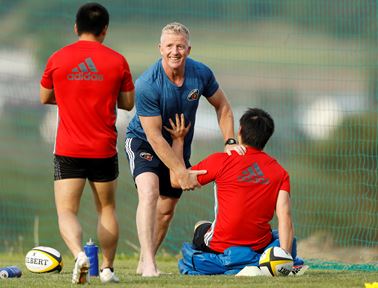
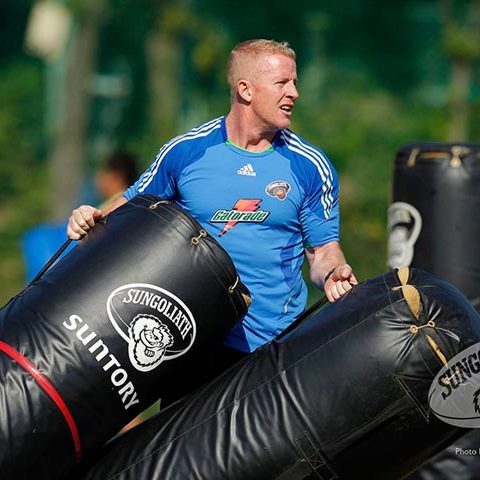
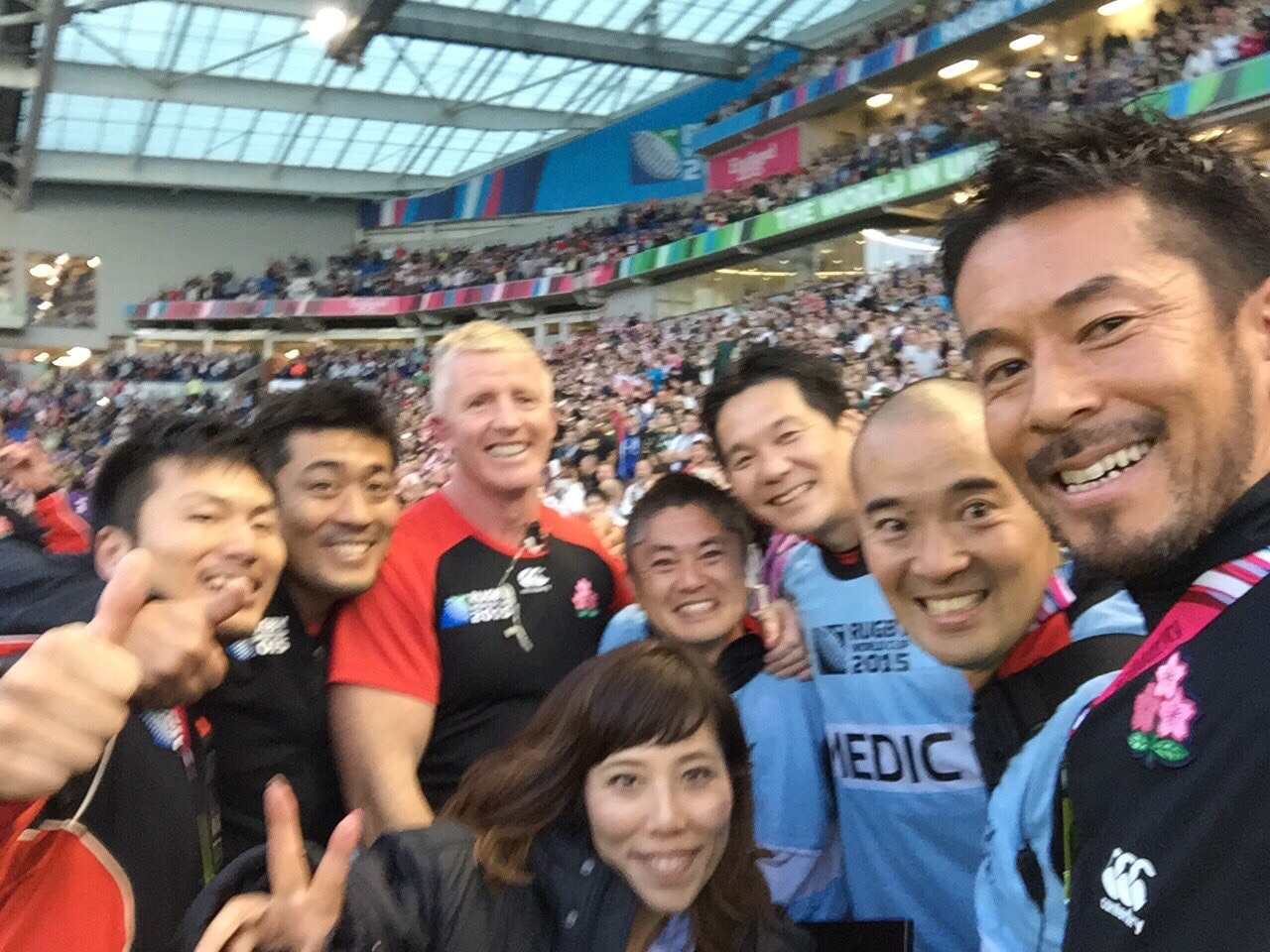
Antonio Squillante
(Course Coordinator – LA Rehab & Injury Prevention : Velocity Sports)
Antonio Squillante is the Director of Sports Performance and Training at Velocity Sports Performance, Los Angeles, California. He graduated summa cum laude from the University San Raffaele – Rome, Italy – with a Doctorate Degree in Exercise Science. Antonio has an unlimited interest in the field of sports biomechanics and long-term athletic development conducting academic research and presenting at national and international events. He is a Certified Strength and Conditioning Specialist (NSCA-CSCS*D) and a member of the NSCA Advisory Board for the State of California.

Testimonial
The burden of injuries in Elite sport can weigh heavy upon sports medicine professionals and it is natural to seek best practice to minimise caseloads and to ensure players are returned to peak fitness with zero reoccurrences. What became frustrating in my earlier years at attempting this was the lack of fruition we were achieving from employing the so called “evidence based practice” protocols, the likes of heavy eccentric training etc.
It was at this juncture that I came across Frans and his methods. What struck me initially was the complexity of the theoritical framework that underlay his practice, and how each facet interweaves with one another to deliver effective training. Anatomy is blended with principles of motor control, movement patterns are fastidiously analysed to give context and specificity to the training, and principles of training, specificity and overload are meticulously tailored and addressed to give optimum effect.
Applying these methods in rehabilitation and injury prevention has delivered consistent, proven results. Whats more beneficial however is the perspective and conviction it installs in the practitioner in dealing with the complex array of ailments that are presented in the everyday sporting environment. Furthermore, the principles applied in rehabilitation and injury prevention blend seamlessly with athletic development, so training is not fragmented as an athlete moves from medical professional to fitness coach, but instead increased accordingly, improving overall athletic qualities and hence performance.
Investing in the commitment to understand and apply Frans methods will advance any sport professionals practice, and no doubt increase the fulfilment garnered from working in such a challenging domain.
Dominic Rogan (West Ham United Physiotherapist)
Learn exercise prescription - using a motor learning approach.
Learn to analyse transfer mechanisms.
Maximum of 50 people - to ensure quality learning and interaction with staff.
NSCA CEU points approved. (1.6 for CSCS, CSPS, NSCA-CPT, or TSAC-F)
$1000 (USD) for 2 day course including lunch. $750 early bird registration (first 20 tickets)
Podcasts
Frans Bosch
John Pryor
Articles
Frans Bosch
John Pryor
Papers
Bas Van Hooren & Frans Bosch
Journal of Sports Sciences Volume 35, 2017 - Issue 23
Is there really an eccentric action of the hamstrings during the swing phase of high-speed running? part I: A critical review of the literature
It is widely assumed that there is an eccentric hamstring muscle fibre action during the swing phase of high-speed running. However, animal and modelling studies in humans show that the increasing distance between musculotendinous attachment points during forward swing is primarily due to passive lengthening associated with the take-up of muscle slack. Later in the swing phase, the contractile element (CE) maintains a near isometric action while the series elastic (tendinous) element first stretches as the knee extends, and then recoils causing the swing leg to forcefully retract prior to ground contact. Although modelling studies showed some active lengthening of the contractile (muscular) element during the mid-swing phase of high-speed running, we argue that the increasing distance between the attachment points should not be interpreted as an eccentric action of the CE due to the effects of muscle slack. Therefore, there may actually be no significant eccentric, but rather predominantly an isometric action of the hamstrings CE during the swing phase of high-speed running when the attachment points of the hamstrings are moving apart. Based on this, we propose that isometric rather than eccentric exercises are a more specific way of conditioning the hamstrings for high-speed running.
Bas Van Hooren & Frans Bosch
Journal of Sports Sciences Volume 35, 2017 - Issue 23
Is there really an eccentric action of the hamstrings during the swing phase of high-speed running? Part II: Implications for exercise
We have previously argued that there may actually be no significant eccentric, but rather predominantly an isometric action of the hamstring muscle fibres during the swing phase of high-speed running when the attachment points of the hamstrings are moving apart. Based on this we suggested that isometric rather than eccentric exercises are a more specific way of conditioning the hamstrings for high-speed running. In this review we argue that some of the presumed beneficial adaptations following eccentric training may actually not be related to the eccentric muscle fibre action, but to other factors such as exercise intensity. Furthermore, we discuss several disadvantages associated with commonly used eccentric hamstring exercises. Subsequently, we argue that high-intensity isometric exercises in which the series elastic element stretches and recoils may be equally or even more effective at conditioning the hamstrings for high-speed running, since they also avoid some of the negative side effects associated with eccentric training. We provide several criteria that exercises should fulfil to effectively condition the hamstrings for high-speed running. Adherence to these criteria will guarantee specificity with regards to hamstrings functioning during running. Practical examples of isometric exercises that likely meet several criteria are provided.
Bas Van Hooren & Frans Bosch
Journal of Sports Sciences Volume 35, 2017 - Issue 23
Preventing hamstring injuries – Part 2: There is possibly an isometric action of the hamstrings in high-speed running and it does matter
We thank Shield and Murphy (1) for promoting discussion on our articles (2 3), hereby providing us an opportunity to clarify and elaborate on our arguments and hopefully forward the field of hamstring injury prevention. Most prominently, Shield and Murphy state that recommendations to employ an isometric hamstring training approach instead of an eccentric one is premature and they state that we presented no evidence from human studies showing that hamstring fascicles behave isometrically in running. Here we will respond to both points as well as several other points.
Bas Van Hooren & Frans Bosch
Strength and conditioning journal 38(5):75-87 October
Influence of Muscle Slack on High-Intensity Sport Performance: A Review
Rapid force development is of paramount importance for most sports. An often overlooked performance limiting factor is muscle slack, which is represented by the delay between muscular contraction and recoil of the series elastic elements. We will review acute and long-term effects of applying cocontractions, countermovements (CMs), and external load on muscle slack. Coconstractions may be an effective solution to reduce the degree of muscle slack. Moreover, CMs and external load may negatively inflluence the capability to develop cocontractions and hence may be detrimental to high-intensity sport performance that is usually performed with little or no external load.
Bas Van Hooren & Frans Bosch
Strength and conditioning journal 38(5):75-87 October
Can resistance training enhance the rapid force development in unloaded dynamic isoinertial multi-joint movements? A systematic review
Can resistance training enhance the rapid force development in unloaded dynamic isoinertial multi-joint movements? A systematic review. J Strength Cond Res 31(8): 2324–2337, 2017—The objectives of this systematic review were to (a) evaluate whether resistance training can improve the rapid force development in unloaded dynamic isoinertial multi-joint movements and (b) investigate whether these effects differ between untrained/recreationally trained and well-trained individuals. Four electronic databases were screened for studies that measured the effects of resistance training on rapid force development in unloaded dynamic isoinertial multi-joint movements. Twelve studies with a total of 271 participants were included. 10/26 (38%) and 6/14 (43%) of the measures of rapid force development in unloaded dynamic isoinertial multi-joint movements significantly improved following training in the untrained/recreationally trained and well-trained individuals, respectively. Additionally, 7/14 (50%) and 3/12 (25%) of the measures significantly improved during a countermovement and squat jump in the untrained/recreationally trained individuals and 4/6 (67%) and 2/8 (25%) significantly improved during a countermovement and squat jump in the well-trained individuals, respectively. These findings indicate that resistance training has a limited transfer to rapid force development in unloaded dynamic isoinertial multi-joint movements, especially for well-trained individuals and in movements without a countermovement. Furthermore, rapid force development has likely a limited transfer from movements with countermovement to movements without a countermovement and from bilateral movements to unilateral movements. Therefore, it is important to specifically mimic the actual sport movement in order to maximize the transfer of training and testing.
Injury prevention and rehab
6 – 7 December
9am – 5pm (lunch included)
Velocity Sports Performance
11611 San Vicente Boulevard
Los Angeles CA 90049
–SOLD OUT–
Anatomy of agility
8 – 9 December
9am – 5pm (lunch included)
Notre Dame High School
13645 Riverside Drive
Los Angeles CA 91423
Injury prevention and rehab
12-13 December
9am – 5pm (lunch included)
University of North Carolina
344 Ridge Road
Chapel Hill NC 2715
Anatomy of agility
14-15 December
9am – 5pm (lunch included)
University of North Carolina
344 Ridge Road
Chapel Hill NC 2715
Questions?
Contact us
